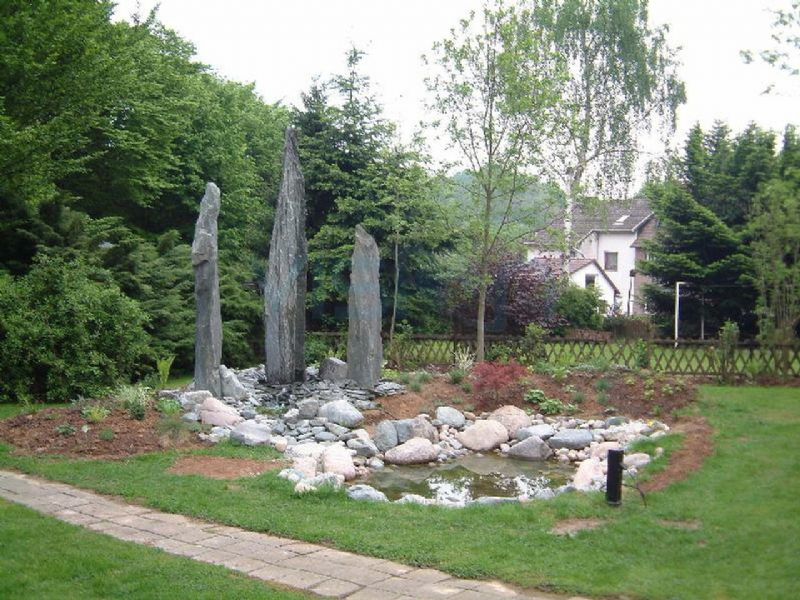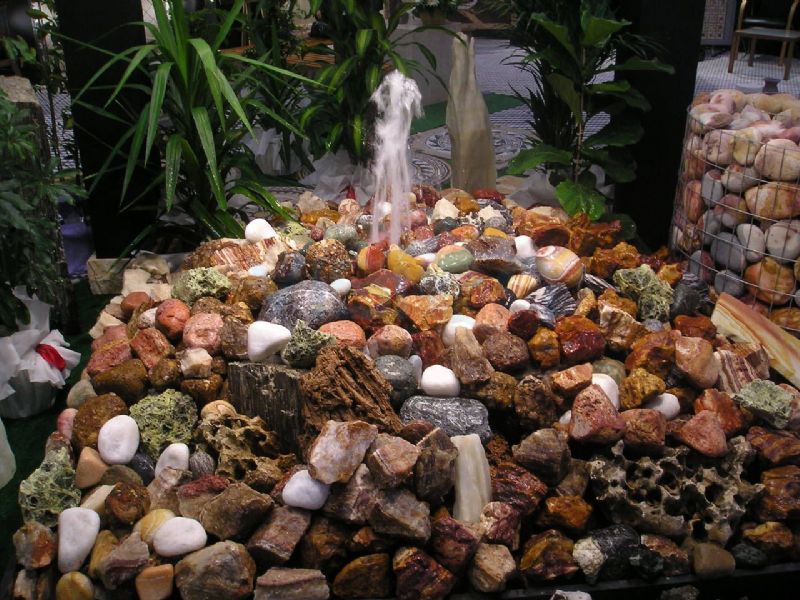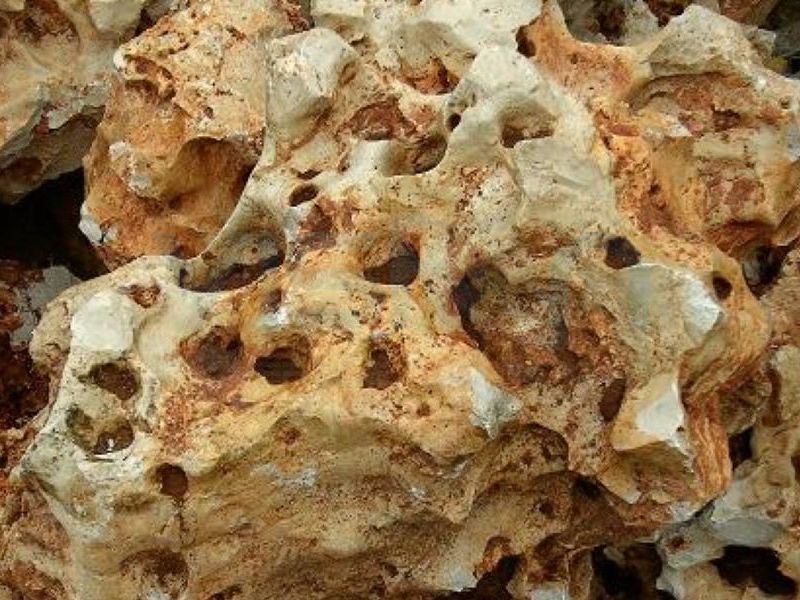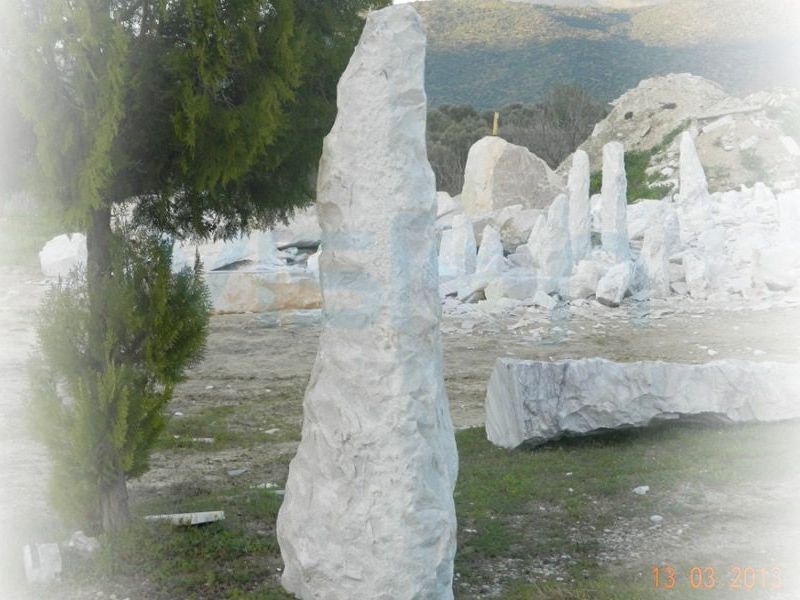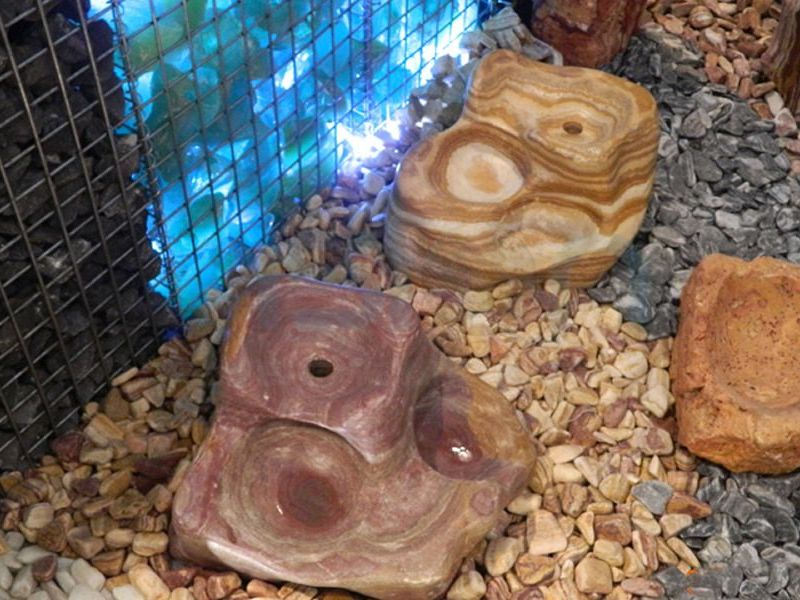
Pebbles and Rocks: Nature's Versatile Treasures
What Are Pebbles and Rocks?
Pebbles and rocks are natural geological formations found in various environments around the world. While both are solid aggregates of minerals, they differ in size, formation, and use. Pebbles are typically small, rounded stones, often found in riverbeds and beaches, while rocks can vary significantly in size and shape, ranging from small boulders to massive mountain formations.
Characteristics of Pebbles and Rocks
-
Composition: Both pebbles and rocks are composed of minerals. Common minerals found in pebbles include quartz, granite, limestone, and basalt. The specific mineral composition can determine the color, texture, and hardness of the stones.
-
Formation: Pebbles are usually formed through natural processes such as erosion, weathering, and transportation by water. Over time, sharp edges of larger rocks are smoothed out by the continuous movement of water, resulting in rounded pebbles. Rocks, on the other hand, can form through various geological processes, including volcanic activity, sedimentation, and metamorphism.
-
Size and Shape: Pebbles are generally defined as stones that are between 4 mm and 64 mm in diameter. They are smooth and rounded due to the natural processes that shape them. Rocks can vary widely in size, from tiny gravel to massive formations, and can have irregular shapes.
Uses of Pebbles and Rocks
-
Landscaping: Pebbles are often used in landscaping to create decorative elements in gardens, walkways, and driveways. They add visual interest and can help with drainage.
-
Construction Material: Larger rocks and stones are commonly used in construction for building foundations, retaining walls, and as aggregate in concrete. They provide strength and durability to structures.
-
Art and Decor: Pebbles can be used in various art projects, such as mosaics, jewelry, and decorative crafts. Their natural beauty makes them popular for artistic expressions.
-
Aquarium and Terrarium Decor: Pebbles are often used as a substrate in aquariums and terrariums, providing a natural environment for aquatic and terrestrial plants and animals.
-
Environmental Benefits: Pebbles can help with soil erosion control and water filtration. Their presence in landscaping can improve soil health and promote biodiversity by providing habitats for various organisms.
Conclusion
Pebbles and rocks are versatile natural materials that have been used by humans for centuries. Their unique characteristics and beauty make them valuable in various applications, from landscaping and construction to art and decor. Understanding the properties and uses of pebbles and rocks can help us appreciate their role in nature and their importance in our daily lives. Whether used in practical applications or admired for their natural beauty, pebbles and rocks continue to be treasured elements of our environment.
